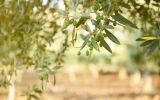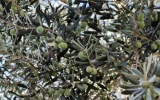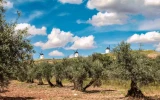How Much Do Olive Trees Cost? (More Than You Think)
Today, olive trees are planted worldwide, with over 865 million olive trees covering the globe. The cost of these trees, influenced by age, variety, and size, reflects their historical significance and the extensive care required to nurture them into maturity. In this article, we will find out how much olive trees cost and explore the various factors that contribute to their value.
The cost of olive trees typically ranges from $25 to $50 for small saplings to over $200 for mature trees. Specialized or rare varieties may cost more. Bulk purchases for agricultural projects can sometimes reduce per-unit costs.
There are also less expensive olive varieties - from the robust, fruity notes of the Manzanilla, to the slightly sweet and almond-like undertones of the Arbequina. Let's discover how much you can expect to pay for these varieties.
Summary
- The Arbequina variety, affordable at $20-$250 for young trees and $200-$600 for mature ones, is popular for its dual-purpose utility.
- Mature olive trees, especially those aged 50 years, can cost between $1,000 to $5,000+, showing the value of immediate fruit-bearing capacity.
- Trees suited for Mediterranean climates are more sought after, with the price influenced by their ability to thrive in such environments, as indicated by their varied costs based on age and size.
- The added value of pest and disease resistance is evident in varieties like Koroneiki, which, despite its medium to high oil yield, commands a price range of $35-$320 for young trees and $250-$700 for mature ones.
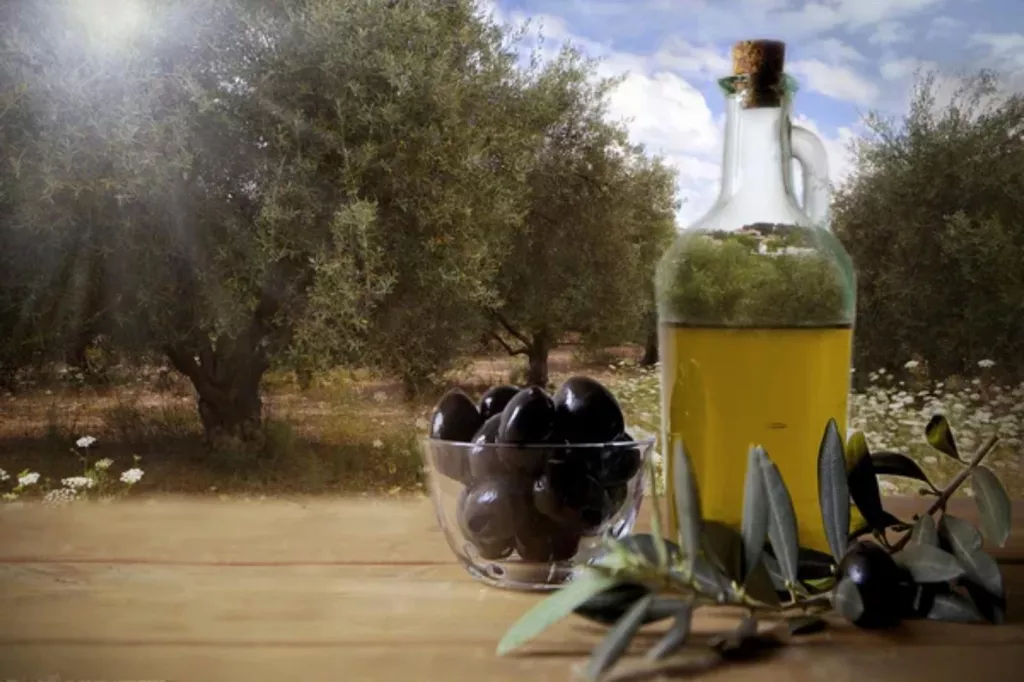
On this page:
Value of Different Olive Tree Varieties
When you're looking to buy an olive tree, you'll find that costs can vary widely depending on the variety.
The Arbequina variety, for instance, is a popular choice for both its fruit and oil production and comes from Spain, with prices ranging based on size and age.
On the other hand, the Frantoio, an Italian variety, is prized for its high-quality oil and may come with a higher cost due to its international acclaim.
Estimated cost range of olive tree varieties
| Variety | Young Tree Cost | Mature Tree Cost |
|---|---|---|
| Arbequina | $20 - $250 | $200 - $600 |
| Frantoio | $30 - $300 | $250 - $650 |
| Mission | $25 - $220 | $220 - $570 |
| Manzanilla | $30 - $280 | $230 - $600 |
| Koroneiki | $35 - $320 | $250 - $700 |
For lovers of Greek olives, the Koroneiki olive tree might catch your eye, and it's recognized for a medium to high oil yield, just like the Maurino.
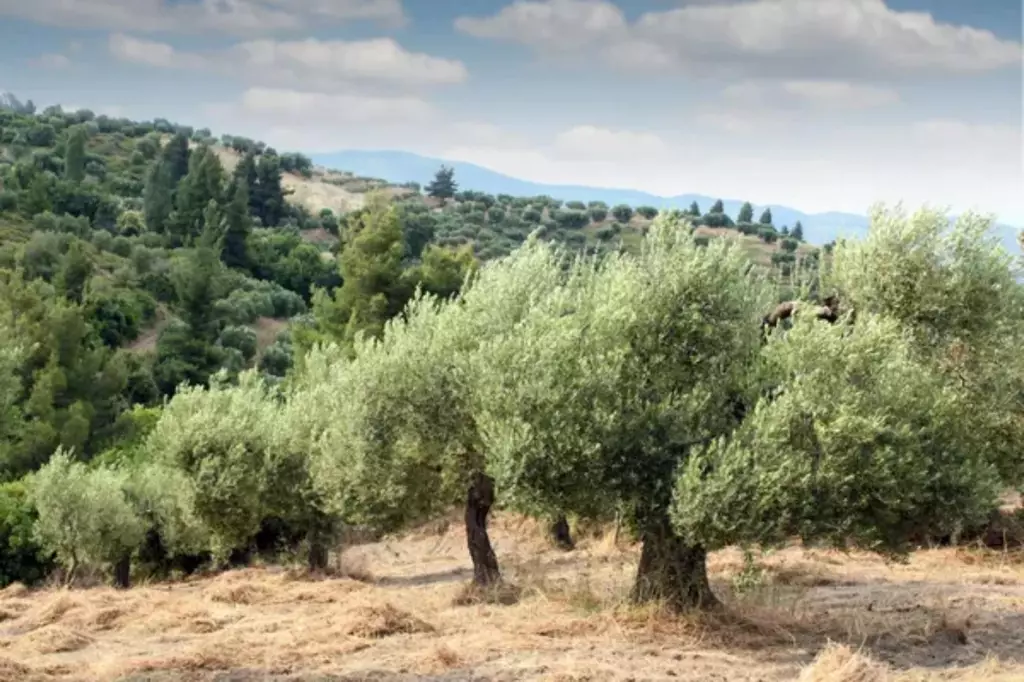
The Manzanillo, another Spanish variety, is known for its large, meaty olives and could be an attractive option for table olives.
Choosing an Italian variety like Lucca or Pendolino brings you into a lineage of trees linked with traditional Italian olive farming, and prices may reflect the prestige of these varieties.
If you want a tree that serves both as a fruit bearer and an ornamental piece, the stately Sevillano could be yours, although often at a more substantial price due to its size and fruit yield.
Before you decide, consider if you prefer a dwarf variety, which can be more manageable and less expensive, or if you’re willing to invest more in a full-sized tree like the Kalamata or Picual, both of which are noted for their distinctive olives and flavors.
Remember, the older and more mature the tree, the higher the initial investment, especially for age-old varieties like the Barouni or an ancient ‘Mission’ olive tree.
Assessing the Worth of Olive Trees Based On Age
Typically, younger olive trees are more affordable, while mature trees that can bear fruit sooner are priced higher.
| Age of Olive Tree | Expected Cost Range |
|---|---|
| 1 Year | $20 - $50 |
| 2 Years | $50 - $100 |
| 3-5 Years | $100 - $250 |
| 20 Years | $500 - $1,000 |
| 50 Years | $1,000 - $5,000+ |
| 100 Years | $262.5 - $1,050 |
| 200 Years | $200 - $5,000+ |
| 300-400 Years | $1,500 - $20,000+ |
Keep in mind, the tree size and tree variety directly influence the tree's worth and its capability to fruit.
How much do baby olive trees cost?
When you're looking to spruce up your garden with some new additions, you might consider baby olive trees.
These young saplings are not only charming but also more affordable than their older counterparts. Here's a quick glance at the costs:
Prices of Young Olive Trees:
- Age: 1 to 5 years old
- Cost range: $20 - $250
These costs can vary based on the size and variety of the tree you select. For example, a smaller, non-specific variety may be at the lower end of the price spectrum.
Remember, the location where you purchase your tree and the time of year can also influence the price. A young olive tree may just be the perfect choice for your garden's growth and budget.
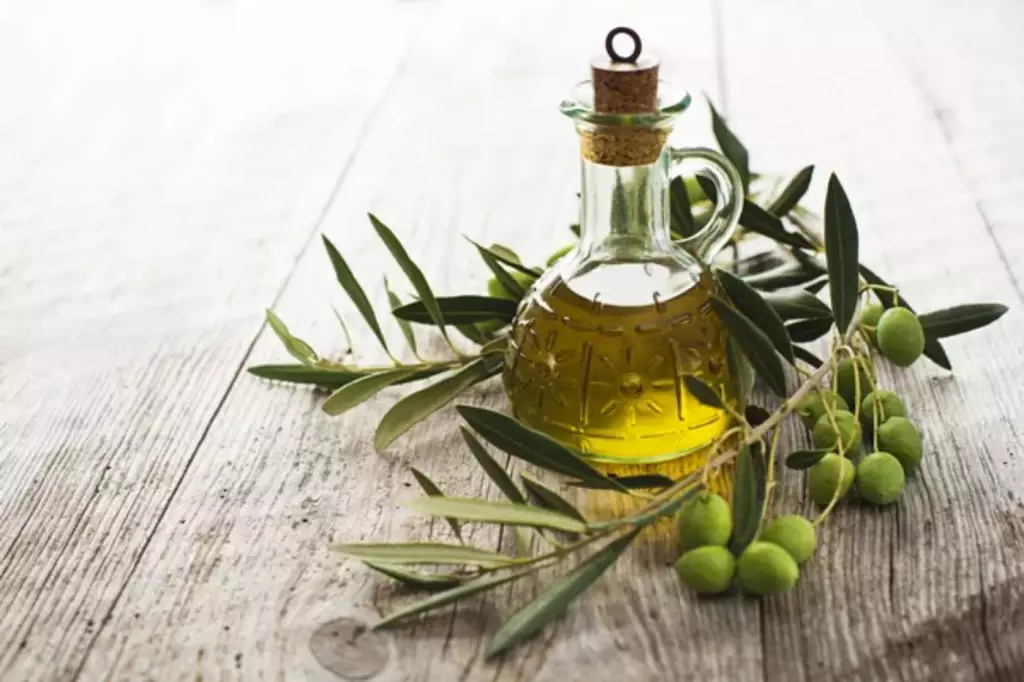
Cost of a 20-year-old olive tree
When you're considering a 20-year-old olive tree, you're looking at a mature specimen. Its growth and fruit-bearing capabilities are well established. At this age, it's common for an olive tree to be around 3-4 meters tall. You can check the size of olive trees by age in this article.
Pricing for a 20-year-old olive tree can vary, depending on factors like its health, the reputation of the nursery, and where you live.
On average, prices might range from $500 to $1,000. Here's a simple breakdown of potential costs:
| Item | Cost |
|---|---|
| Tree Cost | $500 - $1,000 |
| Delivery | $50 - $300 |
| Planting Service | $100 - $400 |
| Total Estimate | $650 - $1,700 |
Remember that additional costs could include soil amendments and fertilizers, necessary to ensure your tree stays healthy after planting. This might add another $20 to $100 to your total.
You should also think about necessary accessories, like stakes or ties, especially if the location is particularly windy. These can cost an extra $15 to $50.
Finally, while aesthetically and productively valuable, mature olive trees require careful transportation and planting to ensure their survival and longevity. Therefore, when budgeting, include a buffer for unforeseen expenses related to these logistical requirements.
How much does a 50-year old olive tree cost?
When considering the purchase of a 50-year-old olive tree, the exact price can vary greatly depending on the tree's size, health, and where you're buying it.
At this age, olive trees are considered mature, and their prices reflect their value, both as productive trees and as ornamental features.
| Size/Height | Approximate Cost |
|---|---|
| Medium | $1,000 - $3,000 |
| Large | $3,000 - $5,000+ |
For a 50-year-old tree, expect to pay in the range of $1,000 to $5,000 or more.
This cost might fluctuate based on factors like the tree's variety, your location, and the nursery's pricing. Trees with a distinguished appearance or those that are a rare variety might be priced higher.
If you're curious about specific costs in your area, visiting local nurseries or reaching out to olive tree experts, can give you a clearer understanding of the necessary budget.
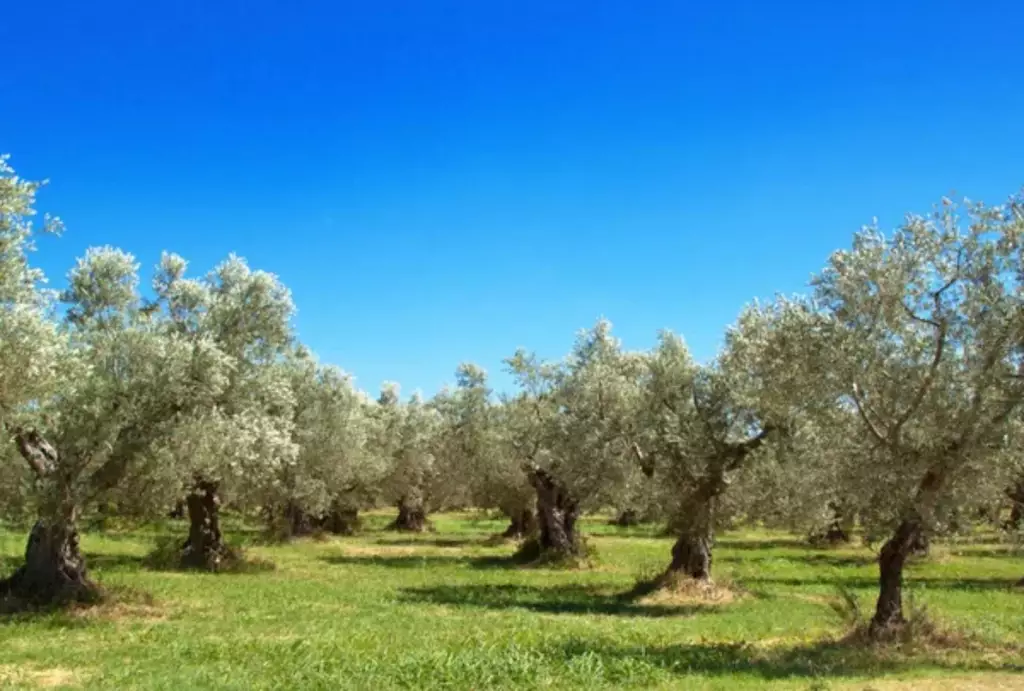
Remember, when buying an olive tree of this age, ensure you're prepared for proper transportation and planting, as these could add to your overall costs.
How much do 100-year-old olive trees cost?
When you're in the market for a century-old olive tree, you should be prepared for a substantial investment. The cost for these ancient beauties ranges widely based on factors like their condition, size, and provenance.
However, a general price range for a 100-year-old olive tree is between 250 and 1,000 euros or $262.50 to $1,050. This excludes the transport, which can be significant due to the tree's size and care requirements during transit.
Remember, while younger trees are logically less expensive, the older ones carry a legacy, becoming centerpieces of a landscape.
Before purchasing, consider all the aspects, such as long-term maintenance, to ensure you're ready for this lifelong investment.
Price of a 200 -year-old olive tree
Prices for a 200 year old olive tree can range significantly based on several factors.
Here's a simplified breakdown:
- Basic price range: You're looking at prices starting from around $200 for smaller or less unique specimens, but this can soar much higher for larger, more distinctive trees.
- Influence on pricing: The final price is influenced by the tree's size, shape, and overall health condition.
| Size/Condition | Estimated Price Range |
|---|---|
| Standard tree | $200 - $500 |
| Large tree | $500 - $1,000+ |
| Unique shape | $1,000 - $5,000+ |
Remember, these figures are estimates and actual prices may vary.
If you're considering an olive tree with history, be prepared for the investment.
Keep in mind that not only are you buying a piece of history, but you are also bringing a living, breathing entity into your space that will need care and proper conditions to thrive.
Cost of a 400-year-old olive tree
A 400-year-old specimen could be priced from a starting range of roughly $1,500 to significant amounts exceeding $20,000 for truly exceptional pieces.
| Age Range | Price Range |
|---|---|
| 300-400 years | $1,500 - $20,000+ |
These majestic trees add more than just beauty to your space; they carry a piece of history with them.
Remember, the transport and planting services are not usually included in the sticker price. Therefore, you should account for these additional costs:
- Delivery: Depending on your location, this could be significant.
- Installation: Professional planting ensures your tree starts off on the right foot.
- Aftercare: Essential for the tree's health and longevity.
Are Olive Trees Expensive?
If you're considering adding an olive tree to your garden, the cost must factor into your planning. Prices for olive trees can vary significantly based on age, size, and where you purchase them from.
Initial costs of olive trees
- Young olive trees (Up to 5 years): Costs typically range from $20 to $250. They're the most affordable option and a great start if you're new to olive tree care.
- Mature olive trees (5-70 years): Expect to pay between $200 and $600. Their established presence will add immediate charm to your space.
- Ancient olive trees (Over 70 years): These can start at $1500, with some even exceeding $50,000, catering to a more niche market.
Factors influencing the worth of olive trees
When considering an olive tree purchase, you need to know that the worth is impacted by several key components such as the following:
The cultivation of olive trees significantly determines their value
Trees nurtured in ideal soil conditions that have been properly watered, pruned, and fertilized typically fetch a higher price.

Factors like planting techniques, consistency in watering, and the application of fertilizer, compost, and mulch directly influence tree health and productivity, which in turn affects cost.
- Soil type: Requires well-drained soil, ideally loamy.
- Watering: Consistent moisture is key, but overwatering must be avoided.
- Pruning: Essential for shaping and promoting healthy growth.
- Sun exposure: Needs full sun for optimal growth.
Your location's climate plays a crucial role in determining the cost
Olive trees thrive in a Mediterranean climate which is present in USDA zones 9-11, therefore your location within these zones may affect price due to the anticipated growth rate and tree health.
The importance of full sun exposure cannot be understated for an olive tree's blooms and overall development.
- USDA zone: Ideal zones range from 8-10.
- Full sun: Requires at least 6 hours of direct sunlight daily.
- Mediterranean climate: Warm, dry summers and cool, wet winters are optimal.
The inherent resistance to pests and disease influences their worth
A tree that is less prone to common issues like scale or frost damage means fewer costs for you in the long term. Additionally, trees that are self-pollinating or have a fast-growing trait can have a higher value.
- Pests and disease: Observing resistance to common afflictions.
- Frost resistance: Ability to withstand lower temperatures.
- Self-pollinating: Trees that don't require another to bear fruit can be more desirable.

